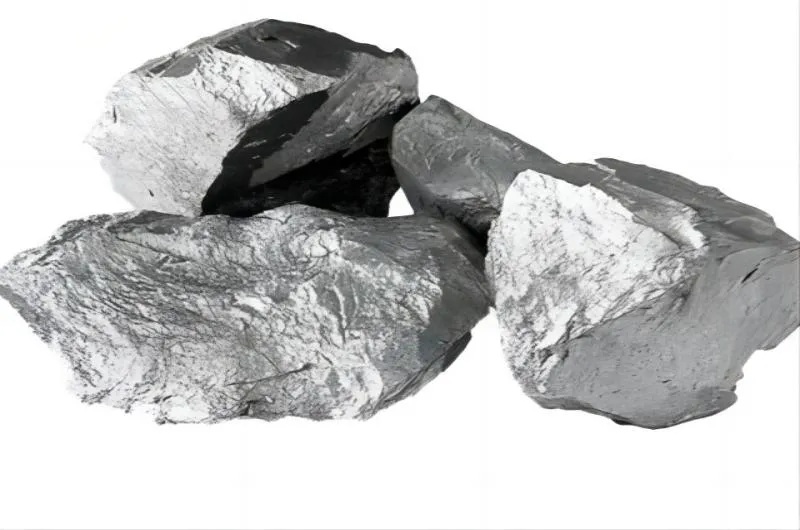BY  GENN
GENN
2024/03
Blog
What Standards Do Qualified Ferrotungsten Need To Follow?
What is Ferrotungsten?
Ferrotungsten is an alloy composed of iron (Fe) and tungsten (W). It is mainly used as an additive in steel production to improve the hardness, strength, and wear resistance of steel. Tungsten Source: Tungsten is a rare and precious metal known for its high melting point, density, and strength. Ferrotungsten is an important source of tungsten in various industries, including steel production and the manufacture of tungsten-based alloys.
Ferro Tungsten is a remarkably robust alloy because of its high melting point. Tungsten has the second-highest melting point after carbon. By combining iron with tungsten, the tendencies towards brittleness are overcome by the raw state of tungsten, and ferro-tungsten is often a major component of popular superalloys.
What Are the Requirements for Qualified Ferrotungsten?
Chemical Composition: Tungsten, carbon, phosphorus, sulphur, silicon, molybdenum, and aluminium are the elements that must be present in qualified ferrotungsten. It should also meet additional chemical standards for bismuth, antimony, tin, manganese, copper, nickel, arsenic, and arsenic.
Size Tolerance: A range of ferrotungsten-based steel grades ought to be offered in designated sizes that adhere to the necessary size tolerance.
- Tungsten Content: Depending on the required quality, ferrotungsten should have a particular amount of tungsten, often between 70% and 80%.
- Carbon Content: In order to comply with industrial requirements, the carbon content of ferrotungsten is typically defined within a specific range. This is another significant element.
- Silicon Content: To guarantee the desired qualities, the content of silicon, another essential component of ferrotungsten, must lie within the specified range.
- Phosphorus and sulphur levels: In order for ferrotungsten to achieve quality standards, low levels of phosphorus and sulphur are often preferred.
- Particle Size: Ferrotungsten particle size is a significant factor to take into account since various applications call for varied size distributions.
- Impurities: According to industry standards, the amount of impurities, such as lead, arsenic, or other undesired substances, should be within permissible bounds.
- Packaging and Form: Ferrotungsten may need to be supplied in particular forms (such as ingots or powder) and packed in accordance with industry or client standards, depending on the use.
What is Ferrotungsten Used For?
In the manufacture of steel, ferrotungsten is primarily employed as an alloying component. Steel is given an addition to make it harder, stronger, and more resistant to wear. These are a few particular uses for ferrotungsten:
- Steel manufacturing In the steel industry, ferrotungsten is frequently employed as an alloying agent. added to steel to increase its tensile strength, wear resistance, and other mechanical qualities. When used in applications including the creation of tools, cutting inserts, and wear-resistant components, ferrotungsten helps steel perform better.
- Drilling industry: Due to its high density and hardness, ferrotungsten is employed in the drilling business. It is added to drilling equipment and tools to increase their toughness and resistance to wear. The performance and lifespan of drill bits used in oil and gas exploration are both enhanced by ferrotungsten.
- Electronics: In the electronics industry, ferrotungsten can be employed as a dopant for specific electronic components. It is included to improve the parts’ conductivity and magnetism.
- Chemical analysis: Chemical analysis techniques also make use of ferrotungsten. It can be utilized as a standard or reference material for the analysis of the silicon and carbon contents of tungsten ferroalloy.










